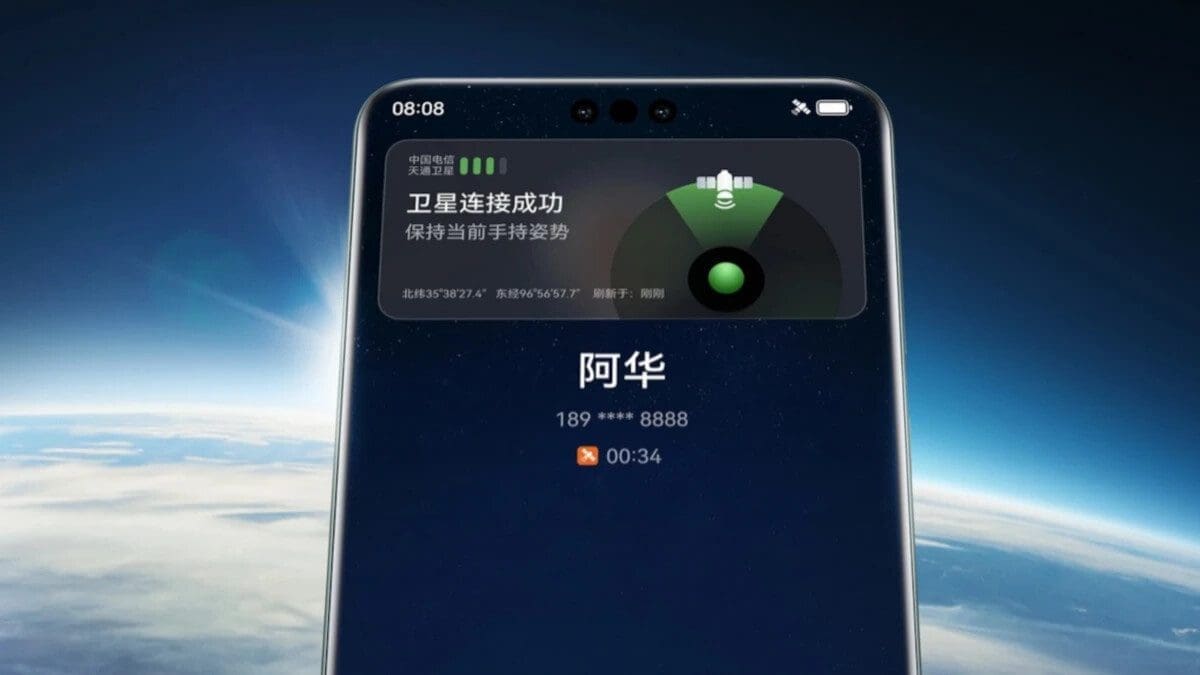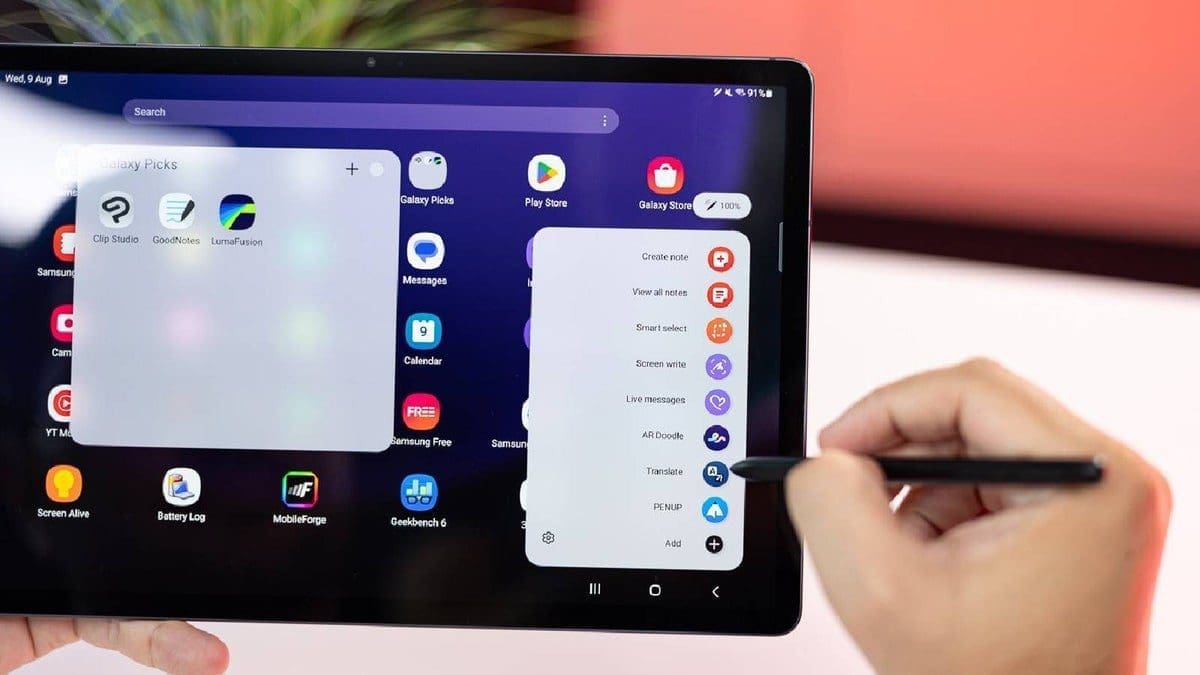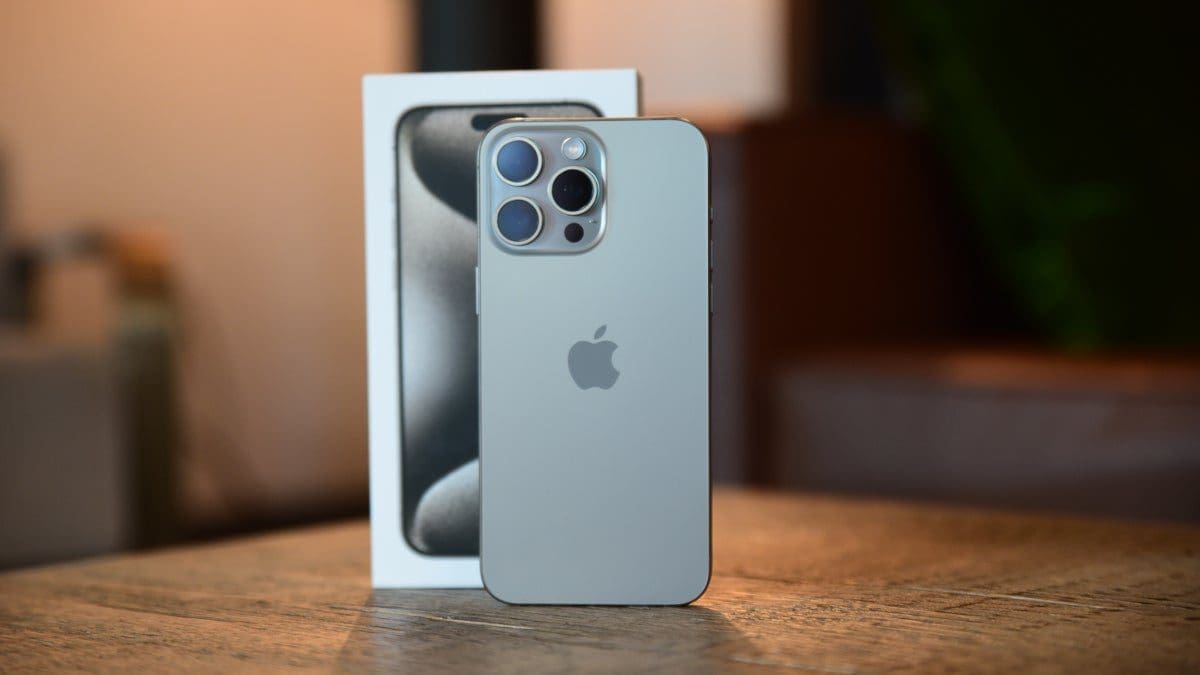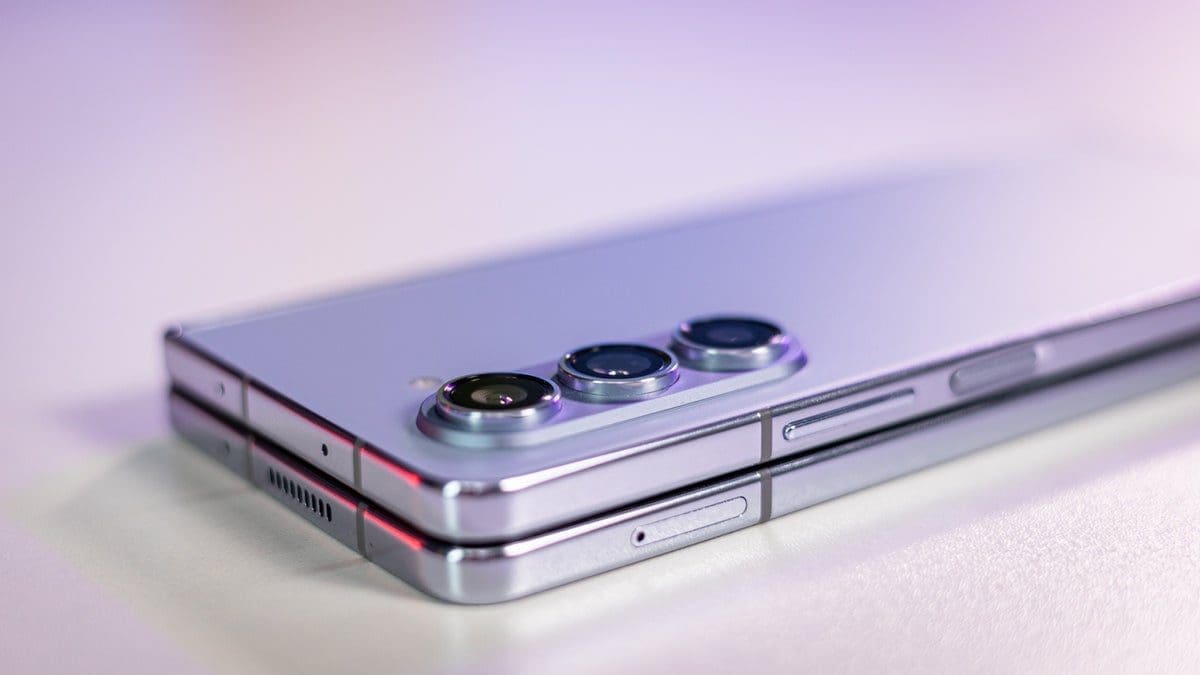After stunning the world in August by releasing its first 5G phone in three years, Huawei might have another surprise coming.
With help from SMIC, China’s largest foundry, Huawei was able to skirt U.S. sanctions to obtain the 7nm Kirin 9000s 5G SoC used in the Mate 60 series. The latest rumor based on posts seen on China’s Weibo platform has Huawei designing and SMIC producing CMOS camera sensors for its photography-focused (no pun intended) P70 flagship smartphone series expected early next year.
Huawei is believed to have no more inventory of Sony camera sensors and can’t replenish its inventory. That’s because Sony has reportedly ended its business relationship with Huawei which can’t make the manufacturer feel good since its smartphone cameras generally get great reviews. And as noted, the next Huawei flagship series due is the P70 line. Huawei’s P series handsets are centered on photography, hence the “P” in the phone series’ name.
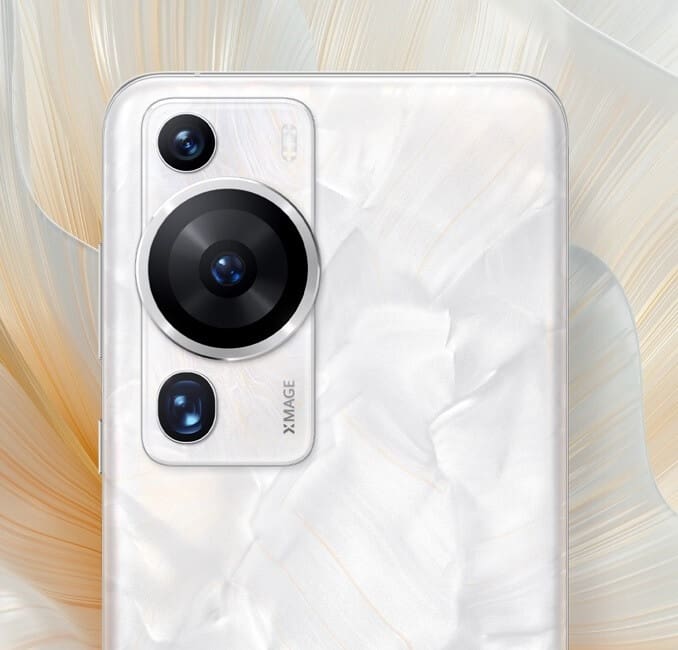
Most manufacturers don’t have to go through the ordeal of producing their own camera sensors since it is easier to buy them from firms like Sony and Samsung. Even Apple, which designs its homegrown application processor (the Axx series) turns to Sony for most of the camera sensors used on the iPhone (Largan reportedly makes the camera sensor used on the iPhone 15 Pro Max’s Tetraprism periscope lens).
Last year, Huawei lost its partnership with photography firm Leica forcing the company to create its own smartphone photography system that it calls Xmage. At this point, you have to wonder if there is anything that Huawei can’t do on its own having developed the HarmonyOS platform currently in use. The company also had to create its own Huawei Mobile Services which is made up of the HMS Core and key services such as Huawei ID, Cloud, AppGallery, Themes, Huawei Video, Browser, and Assistant.
There was a time when Huawei was the second-largest customer of TSMC behind Apple. But thanks to the U.S. sanctions, which prevent foundries using American technology from shipping cutting-edge chips to Huawei, the latter is teaming up with SMIC and other nameless firms in an attempt to once again become a strong and competitive challenger in the smartphone industry, at least domestically for now.
For the record, Huawei received a license allowing it to use the Snapdragon 8+ Gen 1 SoC but limited to 4G connectivity for this year’s flagship P60 series. The P60 Pro used two Sony camera sensors, the IMX888 for the 48MP main camera, and the IMX858 for the 13MP ultra wide-angle camera. The periscope lens used a 48MP camera sensor from OmniVision.
Will Huawei succeed again? We will probably know sometime early next year when the P70 line is released.

